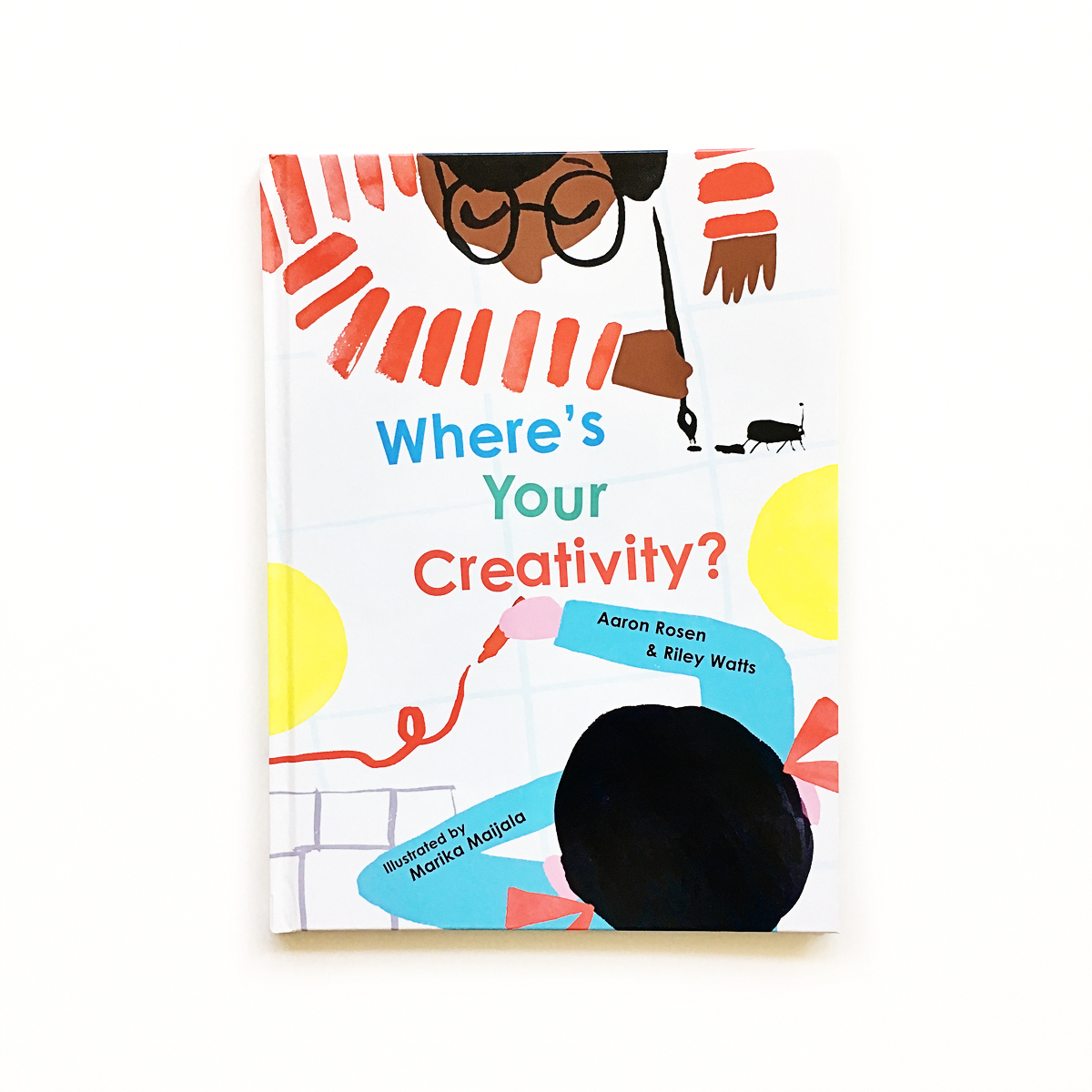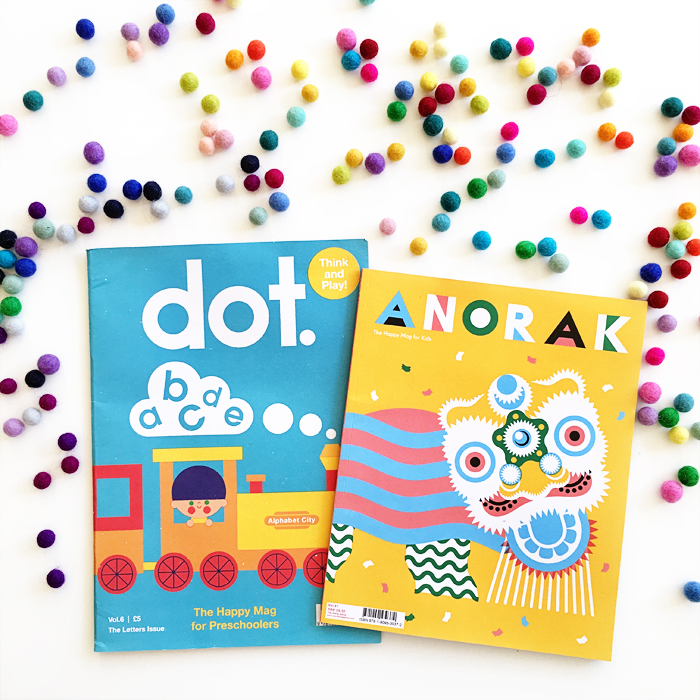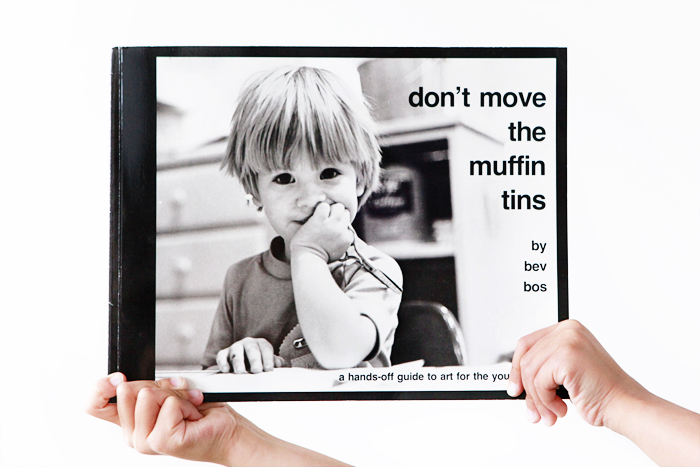I’m so, SO excited to see these two books out in the world. They’re two books I wish I had when my kids were younger, and they were written by some of my favorite creatives on Instagram — @ohcreativeday and @hellowonderful_co! In a world where every day feels increasingly more digital and digitized, it’s important to continue to interact with tangible objects and traditional forms of art-making which have much to offer in terms of cognitive and linguistic gains, and of course, the enjoyment of creating something with our own hands. Watch this reel for a preview of the interiors.
In The Little Artists’ Big Book of Activities, children are inspired by elements like color, shapes, patterns and feelings to create portraits, sculptures, collages and more. Shannon shows us the beauty of symmetry and how we can create mini art galleries. She discusses different artists’ methods and the influence their art bears on the world, in a way that’s accessible and meaningful for young artists. I love the inspired collaborative paintings à la Helen Frankenthaler, collage cityscapes and plastic toys being transformed into sculptures inspired by Japanese artist and social activist Hiroshi Fuji. But really, I love it all. So well done, Shannon!
The Little Artists’ Big Book of Activities was written by Shannon Wong-Nizic and published by Page Street Kids.
In Recycle and Play, everyday materials are cleverly turned into creative projects such as mazes, puzzles, and opportunities to practice early math and reading skills. I just adore the cardboard box tv, alligator letter feed and threaded egg carton flowers. These projects are so much more than playthings — they are thoughtful invitations to create, natural lessons in engineering, opportunities for self-expression and wonderful avenues for collaboration between parents and little ones. Brilliantly written by Agnes Hsu — someone who inspires me endlessly!
Recycle and Play: Awesome DIY Zero-Waste Projects to Make for Kids was written by Agnes Hsu and published by Quarry Books.







